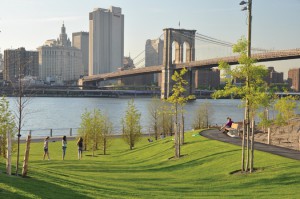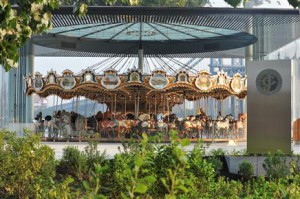Dear Students,
When I first started the semester, I wasn’t sure what to expect. Now that I am here, almost at the end of my first semester, I realize I learned a lot and that it wasn’t as hard or dreadful as you may expect. I enjoyed this semester very much with my classmates and professors. Everybody is helpful and has positive energy when dealing with situations that can be stressful in school. The professors are very fair when it comes to deadlines and understanding about influences that may hinder your ability to produce work. My best advice would be to let you know that nobody will nor should care more about your success in school than you. This is for your future and to do well will be to put yourself in a better, more comfortable position ultimately. Try to find a major that your interested in doing for a career because that is my major problem right now. It’s hard to choose something that you will do for the rest of your life, but just try different things if you have to. No matter what, if you’re in school, you’re learning and you know more to put towards any opportunities you may have. One thing thats different about college from high school is that you may have been able to get away with minimal work to graduate high school, but in college you are counted for everything and that means that you need to try your hardest on every aspect. Things like registering and making your schedule will make you more responsible and put into perspective how much of an independent accomplishment it is to go to college. When things get a little hard and cause a lot of stress, just know that it doesn’t last forever and if you do a good job at the end, there is no greater feeling. Be the best student and person you can be and only good will come of it. Use you’re resources given to you by City Tech to help you through your endeavors. Even though it is up to you to succeed, others want to see you succeed as well.
Ryan Hobe





